The northwestern Indian state of Rajasthan is one of the nation’s hotter, drier corners. While monsoon rains do lick at the state’s southern reaches, much of the land lies in a rain shadow: the dusty Thar Desert exerts a greater climatic influence on the state, bringing aridity and extreme temperatures throughout much of the year.
Bordering Pakistan and edging close to India’s capital, Delhi, Rajasthan is strategically important but relatively sparsely populated: despite being the largest Indian state in area, it is only the seventh-largest in terms of population.
These factors combined have made the state an attractive location for vast, ultra-mega solar plants, including the Bhadla Solar Park, which has attracted India’s lowest solar price of INR 2.44/kWh ($0.037/kWh). But while the current pace of development and interest in solar in Rajasthan is unprecedented, back in 2010 PV developers were entering pretty much unchartered territory.
While India is poised to add around 10 GW of new solar PV capacity in 2017 alone, seven years ago the installed base was negligible, and any ground-mounted solar project was a curiosity, a pioneer, and a litmus test of what was to come. Since then, technology, knowledge, expertise and policy support have all improved, but there are still lingering concerns that a cost-conscious mindset continues to prevail – EPCs and investors eager to keep their capital expenditure (Capex) as low as possible, and thus willing to cut corners on quality from the get-go. So what lessons can be learned from analyzing those very first solar installations that can be applied today? Let’s go back to 2010…
A 5 MW pioneer
Built in Rajasthan between 2010 and 2011, a 5 MW solar plant was intended to be the first phase of a larger 45 MW solar array. These later stages did not materialize because quite soon after commissioning, the plant’s owner recognized problems with the array.
The solar farm was built using crystalline solar modules, and secured a power purchase agreement (PPA) for its solar electricity at a rate of 15.78 INR/kWh ($0.25/kWh). Initial calculations by the investor was that the solar farm could generate 7.5 million units of electricity per year, generating an annual income of approximately $1.8 million. In actual fact, based on tests carried out by researchers at India’s National Institute of Solar Energy (NISE) and the Indian Institute of Technology Bombay, the solar plant was actually only generating electricity to the value of $860,000 per year – less than half its projected generation performance.
Subrahmanyam Pulipaka, the CEO and co-founder of Soreva Energy and then graduate student and researcher at BITS Pilani, analyzed the solar plant’s generation data from over a period of four years and found that the average degradation evident on the modules installed was 2.75%.
“A significant number of surveyed modules – more than 20% – displayed unusually high degradation rates,” Pulipaka told pv magazine. “Since PV systems contain multiple modules in series strings, the performance of the array was throttled by the worst performing module.”
The NISE researchers recorded a 9% drop in efficiency output per string during an All India survey conducted in 2013, estimating that around 3 – 3.5% of that figure could be attributed to soiling and other installation malpractice, with potential induced degradation (PID) culpable for the remaining efficiency losses.
The researchers, operating under Dr. Rajneesh Kumar at BITS Pilani, were able to test the modules in their laboratory, accurately recreating each and every environmental factor into their calculations. The initial assessment reached was that the standard of modules used at the site was not sufficient, meaning that for 4-6 six months of the year the power plant was effectively not working. The site owner and EPC were made aware of the problem, but Pulipaka believes that the necessary scientific steps required to resolve the issue were ignored, pointing to three embedded practices that exacerbated the problem by rejecting scientific solutions.
“The first of these is what I call Cheap and Best: most of the operators who bid for tenders on government projects often have a keen eye on the margin,” said Pulipaka. “With the falling trend of solar power prices in India, this become much more evident.” In this particular case, the EPC chose to forego essential quality checks of the components, taking it for granted that the quality of the modules, inverters and structure was up to scratch.
The second practice that undermines Indian solar quality, Pulipaka believes, is an acceptance of unskilled manpower. In 2010, when this 5 MW solar farm was built, perhaps the argument could be made that there was very little in the way of local knowledge or experience of solar park installation at that time. However, it is a cultural practice that persists, argues Pulipaka. “India is yet to train enough manpower to be able to install and maintain solar plants to acceptable standards,” he said.
“Most often, the way in which laborers handle the solar equipment – and the practices they follow – are directly responsible for many of the continuous faults in Indian solar plants,” he asserts.
Thirdly, there is still an overwhelming belief in curing rather than preventing faults in solar parks, Pulipaka states. “Most solar plant owners in India up until now have opted for remedial-based maintenance activity, rather than preventive action.” This is of course in part due to owners’ limited knowledge of the workings of a solar plant. Pulipaka points to the example of how solar plant cleaning can result in 2 – 3.5% daily generation losses if not done correctly.
Lessons to be learned
According to Pulipaka, the Rajasthan solar plant operated at just 19.5% of its Capacity Utilization Factor (CUF) during the first eight-nine months of its installation. He believes that the developer was simply unprepared for the impact the climatic environment was going to have on the technology installed.
“The primary contributor to the PID registered at the plant was temperature,” he said. “And coupled with soiling, its impact was even more evident. Generally, we consider array voltage as a key driver towards understanding the phenomena of PID. In a case with high array voltage, higher temperature and soiling effect makes PID much worse.”
In India today, understanding of climatic impacts on solar components is more advanced, which is both necessary and an encouraging sign of how the solar industry has evolved and matured as it has grown. Just a few short years ago, however, there was a large gap in knowledge between what researchers knew – and could measure and interpret – and what contractors and industrial entities were actively developing in the field. This, Pulipaka admits, is a knowledge gap that has notably narrowed.
“Many academic veterans have taken up critical positions in industries working on solar technologies,” he said. “I feel that this can mitigate some of the potential issues, and help operators and EPC contractors understand that solar power generation is intermittent and best O&M practices are the only way to make the most of an installation.”
As things stands, solar plant maintenance remains something of an after-thought across most parts of India, while a distinct lack of practical modelling or analysis of the granularity of variables considered during solar plant design and site location is a cause of future concerns, Pulipaka added.
Proactive analysis of weather patterns and local conditions and their likely impact on soiling can mitigate their worst effects, he believes. “By altering the tilt angle of a solar panel from its latitude angle, an EPC can help create resistance towards soiling on the panel. Hence, the impact of soiling can be minimized if soiling parameters are taken into consideration while deciding the tilt, instead of just inclining it with the value equal to latitude.”
Data obtained across four years of study has enabled Pulipaka and his colleagues at Soreva Energy to better understand what angles work best in various parts of the country (see table). Such forward-thinking approaches – collectively considering all factors that could impact a plant’s performance – are increasingly common across India as the country hurtles towards its 2022 100 GW solar goal.
This content is protected by copyright and may not be reused. If you want to cooperate with us and would like to reuse some of our content, please contact: editors@pv-magazine.com.
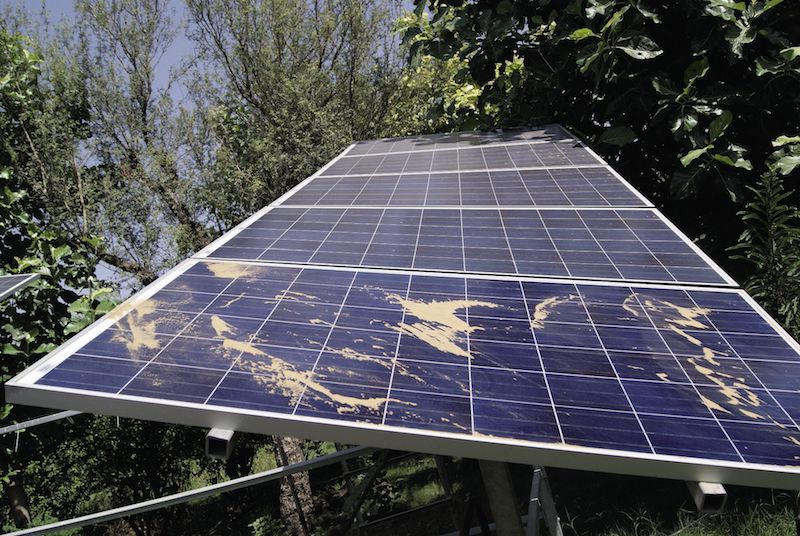
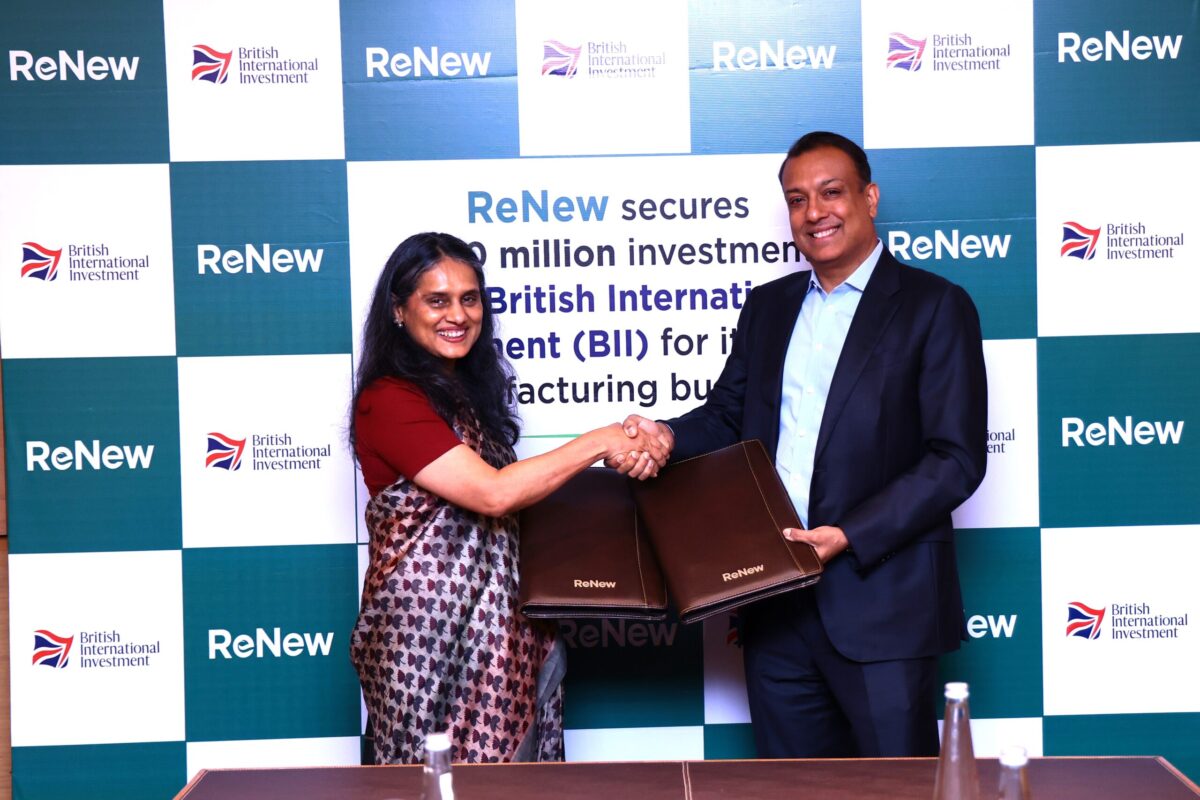

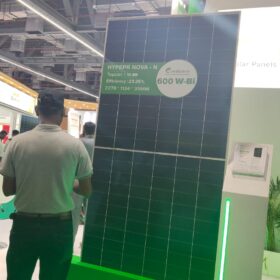
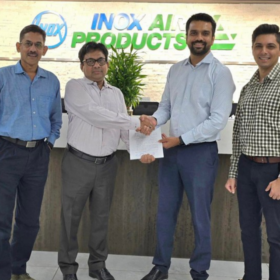
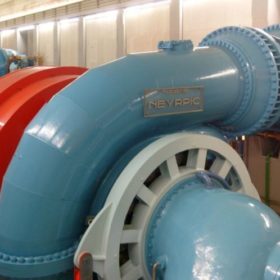

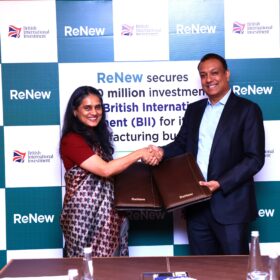
By submitting this form you agree to pv magazine using your data for the purposes of publishing your comment.
Your personal data will only be disclosed or otherwise transmitted to third parties for the purposes of spam filtering or if this is necessary for technical maintenance of the website. Any other transfer to third parties will not take place unless this is justified on the basis of applicable data protection regulations or if pv magazine is legally obliged to do so.
You may revoke this consent at any time with effect for the future, in which case your personal data will be deleted immediately. Otherwise, your data will be deleted if pv magazine has processed your request or the purpose of data storage is fulfilled.
Further information on data privacy can be found in our Data Protection Policy.